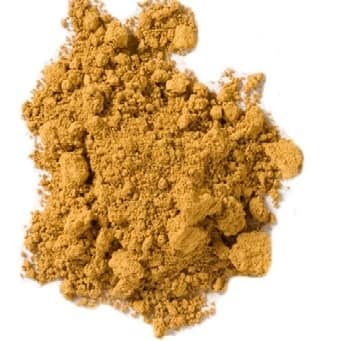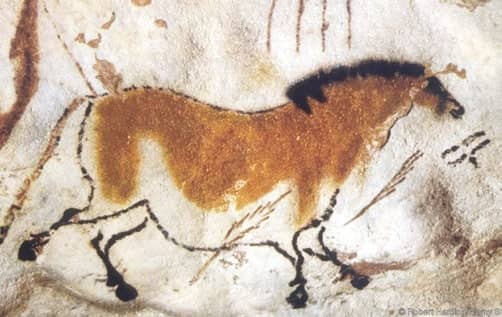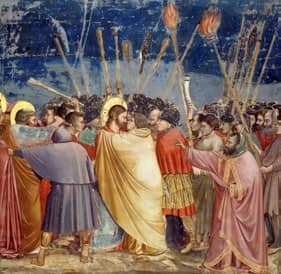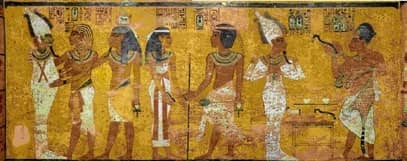Wednesday, August 28, 2024
EXPLORING SPACE
Tuesday, August 27, 2024
DID YOU KNOW?
Monday, August 26, 2024
QUICK RESPONSE CODES
Sunday, August 25, 2024
CREATOR OF RUBIK'S CUBE
Erno Rubik
He was born on 13 July 1944 in Budapest, Kingdom of Hungary, to poet Magdolna and glider-manufacturer Erno. He was inspired by his father's value-creating process of a target and a positive result, working with his hands.
He studied sculpture at Technical University and architecture at Academy of Applied Arts & Design, in Budapest. He became a member of Architecture Faculty. From 1967, he attended Hungarian Academy of Applied Arts and was Faculty of Interior Architecture & Design.
While a professor of design at the academy, he pursued hobby of building geometric models. One of these was a prototype of his cube, made of 27 wooden blocks; it took him a month to solve the problem of the cube. It proved a useful tool for teaching algebraic group theory.
In late 1977 Konsumex, Hungary's state trading company, began marketing it. By 1980 Rubik's Cube was marketed throughout the world and over 100 million authorised units, with an estimated 50 million unauthorised imitations, were sold in first 3 years. Over 50 books were published describing how to solve Rubik's Cube
In early 1980s, he became editor of a game and puzzle journal called ..És játék (...And games). In 1983, he founded Rubik Studio, where he designed furniture and games. Among its products was another popular puzzle toy, Rubik's Magic along with Rubik's Snake and Rubik's 360 and more.
In 1987 he became a professor with full tenure. In 1990 he became president of Hungarian Engineering Academy. At the Academy, he created International Rubik Foundation to support talented young engineers and industrial designers.
He is actively involved in promotion of science in education. He works with several organizations: Beyond Rubik's Cube, Rubik Learning Initiative & Judit Polgar Foundation all of whose aim is to engage students in science, mathematics, and problem solving at a young age.
His inspirations include Leonardo da Vinci, whom he regards as the Renaissance man; Michelangelo, whom he respects as a polymath, painter and sculptor, and M.C. Escher, who drew impossible constructions and grappled with explorations of infinity.
In philosophers and writers, he admires Voltaire, Stendhal, Thomas Mann, Jean-Paul Sartre, Hungarian poet Attila Jozsef, Jules Verne and Isaac Asimov. In the field of architecture, he is an admirer of Frank Lloyd Wright and Le Corbusier.
A lifelong bibliophile, he has a special interest in science fiction, outdoor activities of walking through nature, playing sports and sailing on Lake Balaton. He is an avid gardener and collecting succulents is his favourite pastime.
Saturday, August 24, 2024
WORLD’S FIRST CELEBRITY ROBOT
Friday, August 23, 2024
DO YOU KNOW
Thursday, August 22, 2024
COLOUR STORY
The Origins Of YellowIt’s not very hard to find the colour yellow all around us. Just take a look out the window and you’ll see flowers, insects and even our own clothing all brimming with this bright colour. But how did yellow come to feature in everyday life? That’s a story that starts far back in time.

Yellow in nature: OchreNowadays, yellow isn’t just a colour used for decoration. It comes in a multitude of shades, from bright to light, and people use these to set a mood or depict certain emotions. But where did it all start? With yellow ochre. Known as an ‘earth pigment’, ochre is a natural mineral that is found in rocks or sand across the globe. It was among the first minerals used by humans.




A Blend of Devotion, Tradition, and Ancient Symbolism
DHARMA DHWAJ AND DHWAJAROHAN AT RAM MANDIR, AYODHYA The Ram Mandir in Ayodhya stands today as a grand symbol of faith, history, and cultura...

-
ANNABELLE The real Annabelle doll is a well-known case of alleged paranormal activity, made famous by Ed and Lorraine Warren, two well-know...
-
WHY IS SUGAR WATER STICKY? Sugar water is sticky because sugar molecules have a strong affinity for water molecules, forming hydrogen bonds ...
-
WHY DO MEDICINES COME IN DIFFERENT FORM? Medicine is given in different forms because of the necessity for convenience or speed. It can be g...









